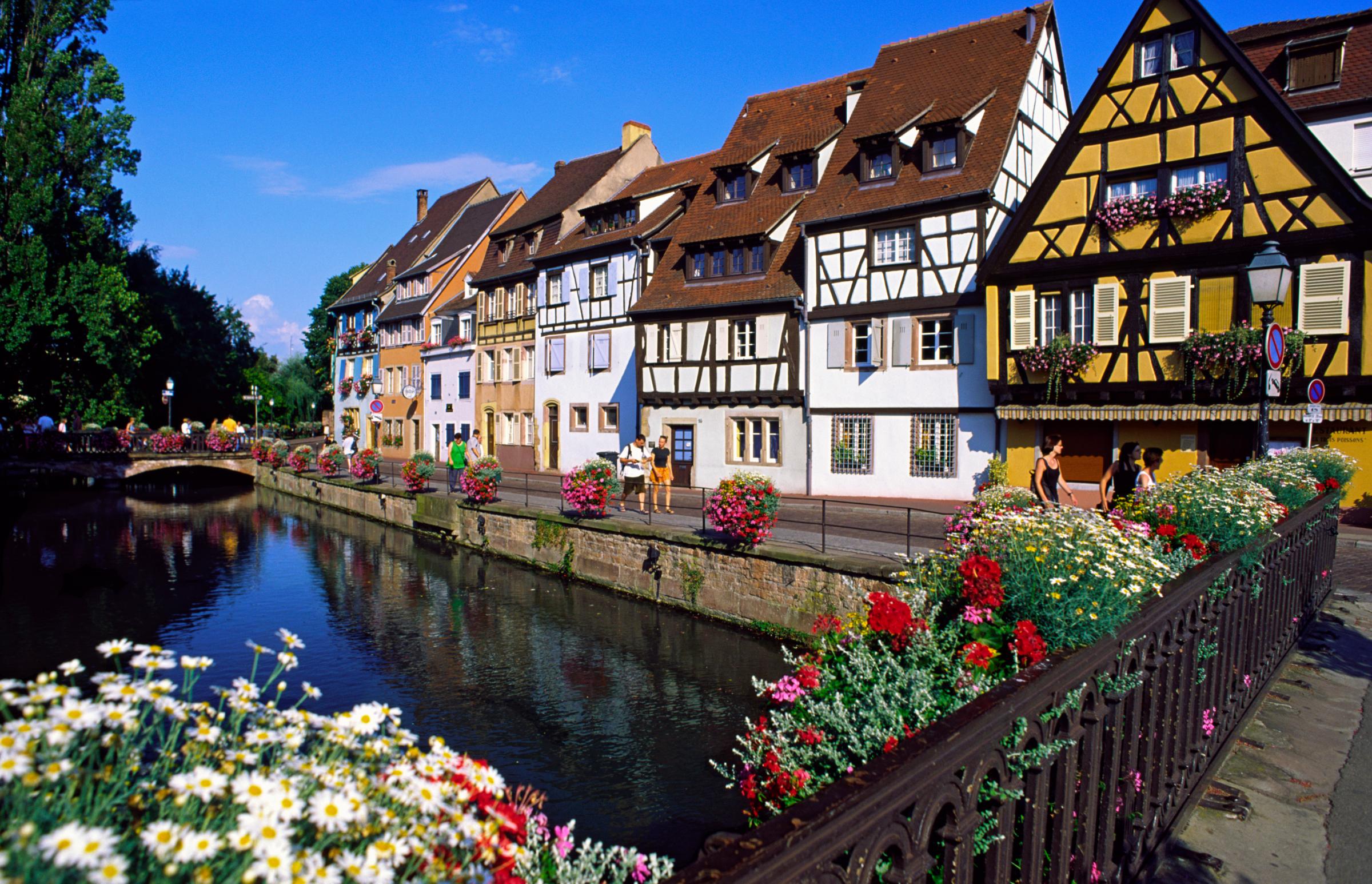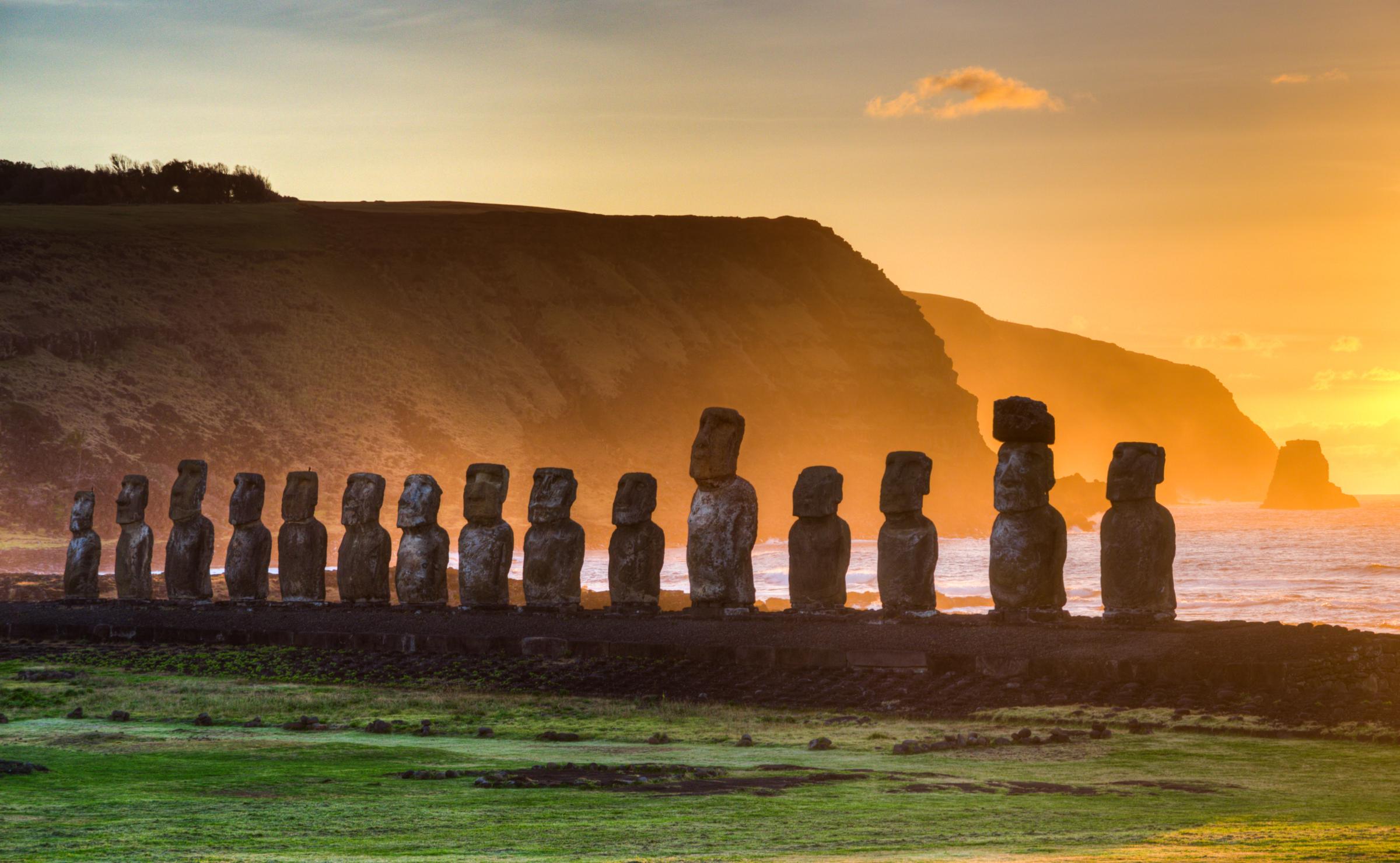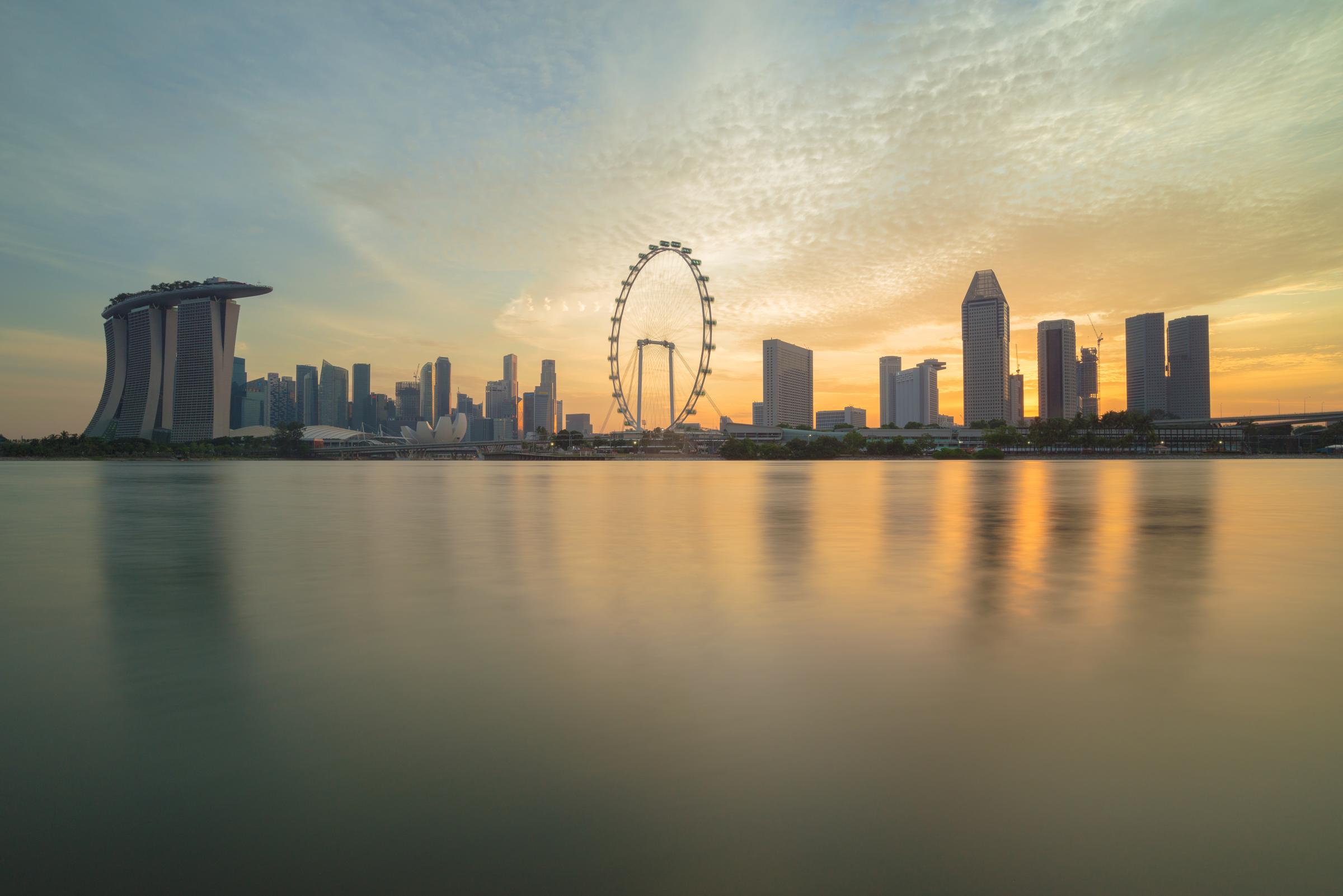Travelers have clocked 369 million international trips so far this year, an incredible sum equal to nearly 1.6 million trips per day. Year to date, it’s 21 million more passport stamps than were achieved in early 2016. And some of the most popular destinations simply can’t handle the volume.
Look no further than Venice. As the floating city deals with the threat of rising tides, it’s also being flooded by cruise ships and mass tourism, turning a romantic paradise into a mashup between Disney World and Times Square.
Amsterdam, Barcelona, and Dubrovnik are also feeling the crunch. This year they have all taken steps to curb tourism, seeing it as a burden on locals rather than a bastion of economic opportunity.
“A large part of these overcrowding issues is directly correlated to cruising,” said Melissa Biggs Bradley, founder and chief executive of the travel membership club Indagare. “In Dubrovnik, when there are two cruise ships in port and you have 3,000 extra people in the old city, it’s a vastly different experience. Without cruise ships in town, you can imagine how it was hundreds of years ago, and with them, you can’t see anything at all.”
Other issues relate to poor management at heritage and environmental sites. “Angkor Wat has become the most visited site in Southeast Asia, largely thanks to the way the Chinese middle-class travel market has opened up,” Bradley said. Now locals fear that heavy foot traffic will cause the monument to sink, and proposed solutions include a tightly controlled permit system.
Yet some globetrotters are unfazed by the swarms. To undeterred clients, Bradley recommends off-season visits (think Venice in February). She also suggests flipping the script and doing the Caribbean in summer and Europe in the winter, or looking up cruise itineraries to avoid busy cities when ships are expected in port.
But not all overcrowded destinations are suitable for off-season travel (Machu Picchu in rainy season? No thanks). And some are far from ports. Going elsewhere, for now, may be the best option.
Here, then, are the places cracking down on tourism this year—and alternative destinations for a comparable (but less crowded) trip.
Instead of Venice …

Try Colmar, France. If all you really want is a gondola ride along picturesque canals (and some amazing local cuisine), then swap Venice for the sweet French town of Colmar, which occupies a prime location along the Alsace wine route. Turn any corner, and you’ll feel like an extra in Beauty and the Beast. The half-timbered buildings in every pastel shade, the cobbled alleys free of car traffic, and the covered produce markets are as charming as any in Italy.
Also a good choice: Annecy is an Alpine lake town in southeastern France, where you can cruise around in speedboats or snack on croissants in the waterfront European Gardens.
Instead of Macchu Picchu …

Try Easter Island. In Peru, the long-rumored restrictions on daily entries to Machu Picchu finally took hold in July, limiting entries to carefully managed time slots that also require visitors to show up with a certified guide who can, among other things, enforce the no-selfie-sticks rule. The government hopes a minimized footprint will prevent the so-called Lost City from earning its moniker once again.
To avoid the issue altogether, veer west—way west—to the Moai-filled, Polynesian island off the coast of Chile. Between the archaeological sites in Rapa Nui National Park, the pristine beaches, and the excellent hiking routes that ring the island, you’ll capture the thrills of the Inca Trail and then some. Plus, the island lays claim to some seriously plush five-star resorts, including the spaceship-like Explora Rapa Nui. Its 30 minimalist rooms and suites are spread among a half-dozen elongated wooden pods, all facing the lush countryside.
Also a good choice: Antigua, Guatemala, has yet to earn the cultural capital status it deserves. Like Cusco, Peru, the city brims with colonial character. It’s set in the shadow of several volcanoes—some still active—with photo-worthy ruins of old churches and convents.
Instead of Dubrovnik …

Try Tel Aviv. This month, the walled Croatian city passed legislation capping visitors to the medieval walled city at 4,000 per day—half the number that Unesco recommended. These limits will be enforced gradually over the next two years, leaving the crowd-averse waiting until 2019 for a little breathing room.
Until then, heed the siren call of Tel Aviv. The walkable historic quarter of Yafo can rival Dubrovnik’s throwback aesthetic, with its limestone buildings overlooking the Mediterranean Sea. The beaches are some of the world’s most fun places to unwind—many have all-day and all-night bar service with tables in the sand or hammocks slung from palm trees. The contemporary restaurant scene is the most recent source of inspiration for America’s most on-trend chefs, and few cities do nightlife better.
Also a good choice: Fez, in Morocco, is a city (somestimes spelled Fes) that goes to sleep early. But it captures Dubrovnik’s medieval qualities—only donkeys fit through the narrow streets of the ancient Medina quarter—and delivers big on far-flung vibes.
Instead of Ibiza …

Try Hvar. Both Majorca and Ibiza are setting restrictions on tourism this month, including maximums for the number of hotel beds and Airbnb apartments available at any given time. But Ibiza is going a step further: The party haven is banning DJs from 16 beach clubs to crack down on electronica and put the focus back on the environment.
If what you’re after is a nocturnal, sleep-on-the-beach summer-fest for 2018, head to Hvar instead. It shares Ibiza’s pull-up-in-a-yacht glamour, with a reputation for excellent beach clubs that’s been gaining steam over the past decade. And new clean-up campaigns on the island are keeping things classy: New mayor Riki Novak is curbing public debauchery with threats of heavy fines, making it clear that drunken, shirtless backpackers aren’t what Hvar is after.
Also a good choice: Get the gypset style minus the DJs in Tulum, or the DJs without the gypset style in Miami. Either way, you’ll have beautiful people and beautiful beaches galore.
Instead of Amsterdam …

Try Hamburg. For years, locals celebrated Amsterdam’s moniker: “the Venice of the North.” Now they see it as a warning cry. The city of 850,000 welcomed 17 million visitors last year, and politicians have halted hotel development (and put strict regulations on Airbnb, while also slashing the tourism office’s marketing budget) to limit noisy, beer-guzzling tourists and maintain quality of life for residents.
The port city of Hamburg, meanwhile, is just starting to register for global travelers. Like Amsterdam, its old city flanks a series of mirror-like canals, its character-packed buildings have brick facades and patinated copper roofs, and narrow bridges are traversed by cars and bikes alike. This historic city core has its undeniable charms, but the more industrial HafenCity area is the new heartbeat of Hamburg: It’s where you’ll find the modern Elbphilharmonie performing arts complex, a handful of concept shops and indie brand flagships, and some of the city’s top tables.
Also a good choice: Stockholm, for its Baroque seaside buildings, laid out along a string of picturesque islands.
Instead of Barcelona …

Try Singapore. Just a week after a terrorist attack in Las Ramblas, travelers are flocking back to Barcelona. Rightfully so. There’s only one city in the world where you can gawk at Gaudi buildings at every turn. In recent months, though, locals have gotten fed up with the upward-gazing crowds, fueling antitourism protests that bear the slogan, “Barcelona isn’t for sale.” Barcelona’s new mayor has heard their rallying cry: Earlier this year, he capped visitation numbers and promised to focus on high-cost, low-volume tourism.
Until those tensions die down, Singapore is an appealing option for architecture buffs—even if its frenetic, straight-laced culture is a far cry from Barcelona’s laid-back vibes. The city-state’s answer to Park Güell, Gaudi’s monumental installation near Vila de Gràcia, is Gardens by the Bay, an illuminated “forest” of steel-framed “super-trees” that sprawls over 250 acres. And instead of a food crawl through La Boqueria, you can eat your way through the chicken rice stands and laksa vendors in the Maxwell Road Hawker Center.
Also a good choice: Berlin was the stomping ground for many a radical architect, from Mies van der Rohe to Le Corbusier—and it’s just as convenient as Barcelona for quick trips, with tons of airlift from all around the world. And if it’s that chill Europe-by-the-sea mood you were hoping for, turn to Lisbon instead.
More Must-Reads from TIME
- Caitlin Clark Is TIME's 2024 Athlete of the Year
- Where Trump 2.0 Will Differ From 1.0
- Is Intermittent Fasting Good or Bad for You?
- The 100 Must-Read Books of 2024
- Column: If Optimism Feels Ridiculous Now, Try Hope
- The Future of Climate Action Is Trade Policy
- FX’s Say Nothing Is the Must-Watch Political Thriller of 2024
- Merle Bombardieri Is Helping People Make the Baby Decision
Contact us at letters@time.com